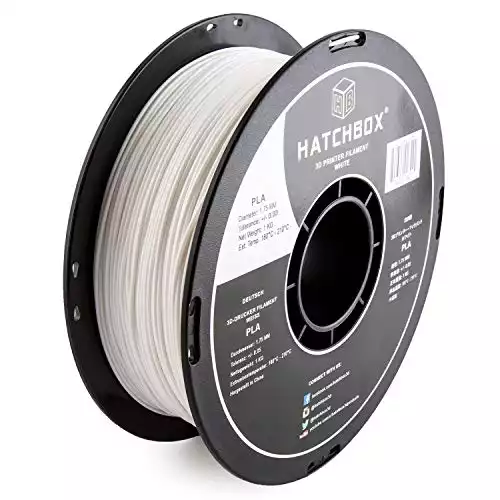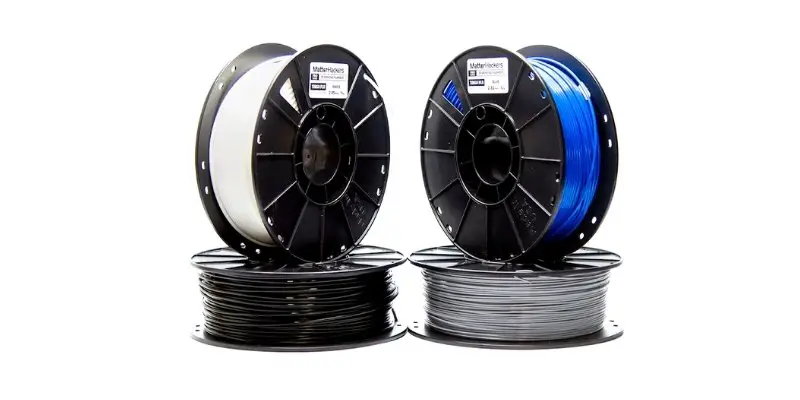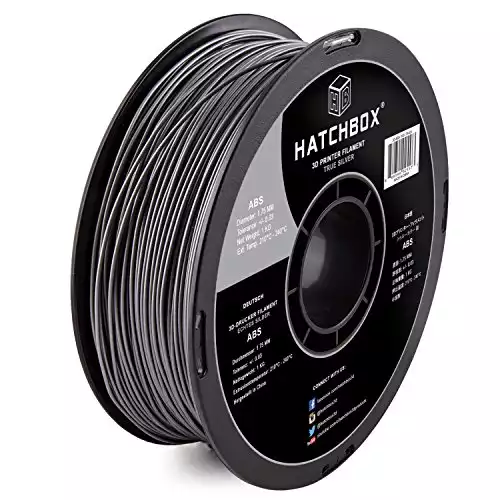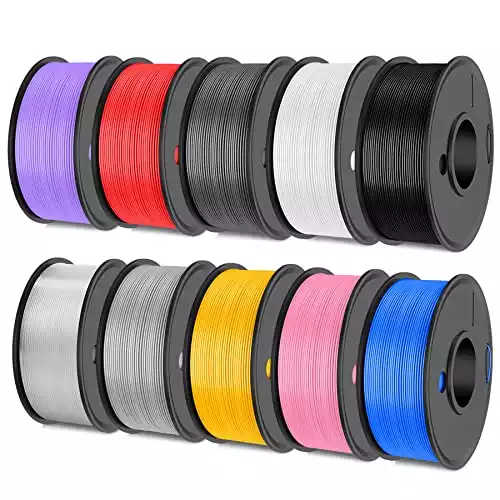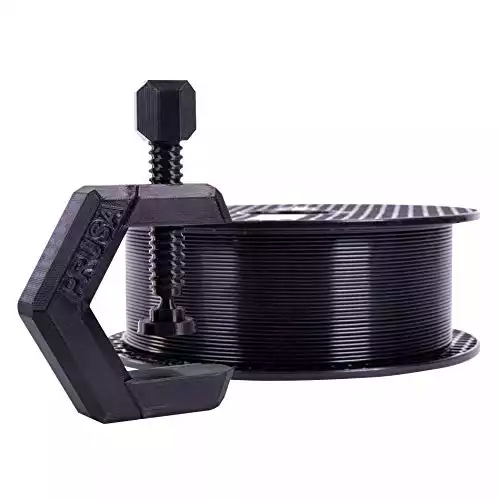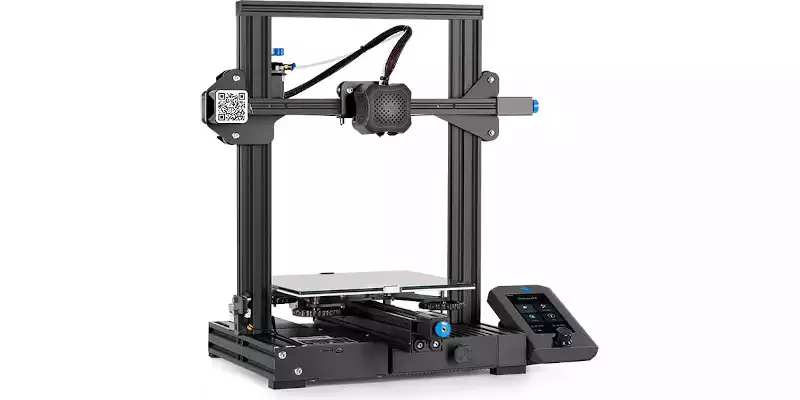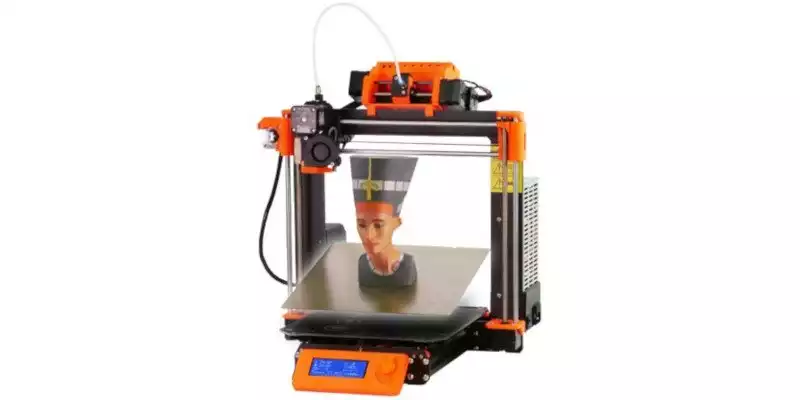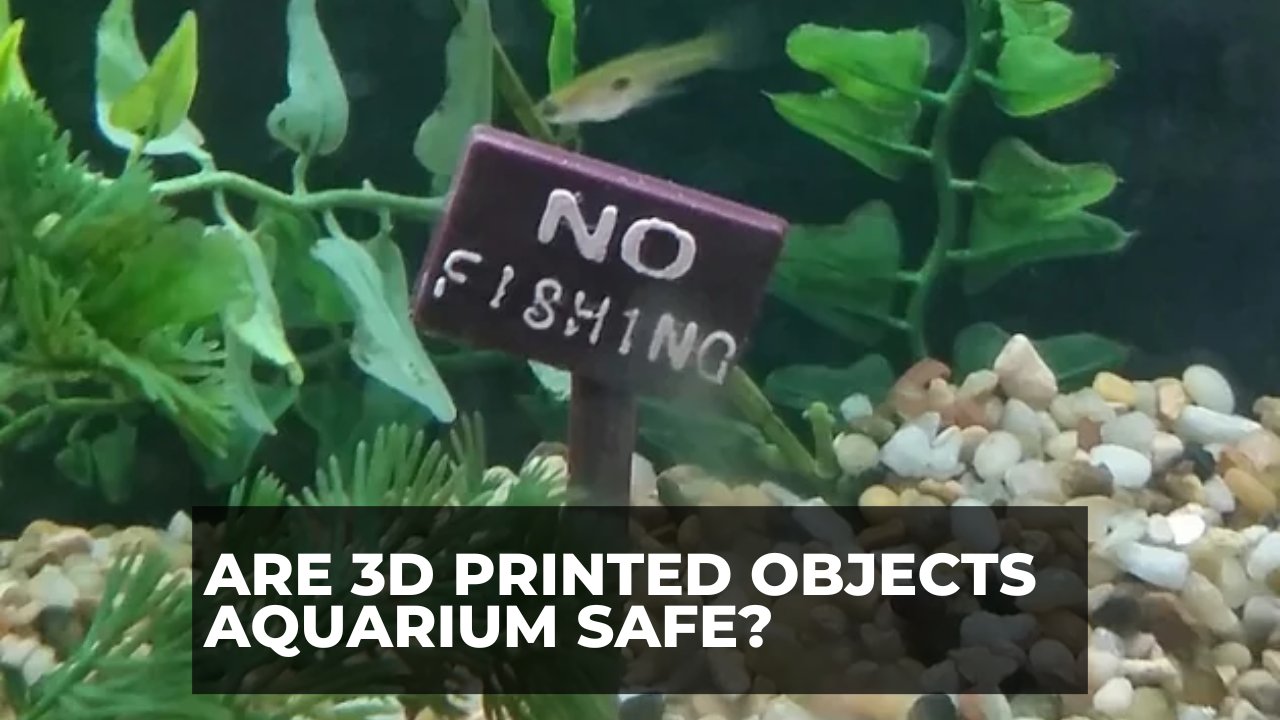
Are 3D Printed Objects Aquarium Safe? (PLA, ABS, PETG)


At 3DSourced we’ve covered everything 3D printing and 3D since 2017. Our team has interviewed the most innovative 3D printing experts, tested and reviewed more than 20 of the most popular 3D printers and 3D scanners to give our honest recommendations, and written more than 500 3D printing guides over the last 5 years.
There are some things you can’t put in an aquarium. Fish are sensitive, and any small slip-up can cause illness or worse in your fish tank. A recent trend is to 3D print something and use it as decor in your aquarium. But how safe is that?
3D-printed objects are aquarium-safe if they’re printed with toxic-free filament. The best toxic-free filament to use is pure PETG and food-safe ABS or PLA. But since PLA isn’t waterproof, you need to apply a food-safe epoxy resin or spray-on coolant on a PLA object before putting it in an aquarium.
It can be overwhelming to know which 3D-printed objects can go in your aquarium. I’ll try to clear the air on this topic so you can confidently print aquarium-safe 3D objects. But first, let’s talk about filaments.
- What Filaments Are Safe For Aquariums?
- Is PLA Safe For Aquariums?
- Is ABS Safe For Aquariums?
- Is Nylon Safe For Aquariums?
- Is PETG Safe For Aquariums?
- Is Resin Safe for Aquariums?
- What Are The Best Filaments To Buy For Aquariums?
- What Can I Use My 3D Printer For In An Aquarium?
- What Are The Best 3D Printers For Aquarium Decorations?
- FAQ:
What Filaments Are Safe For Aquariums?
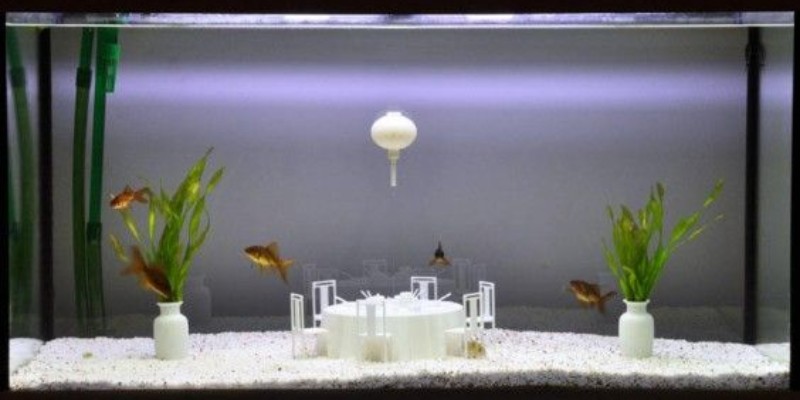
There are different filaments you can use to print aquarium 3D parts, each with its own set of precautions. Let’s find out more.
Is PLA Safe For Aquariums?
You can use food-safe PLA in your aquarium for years without any problems for your fish. If you’re not sure whether your brand is food-safe, make sure you coat the 3D-printed part with food-safe epoxy resin before using it in the aquarium.
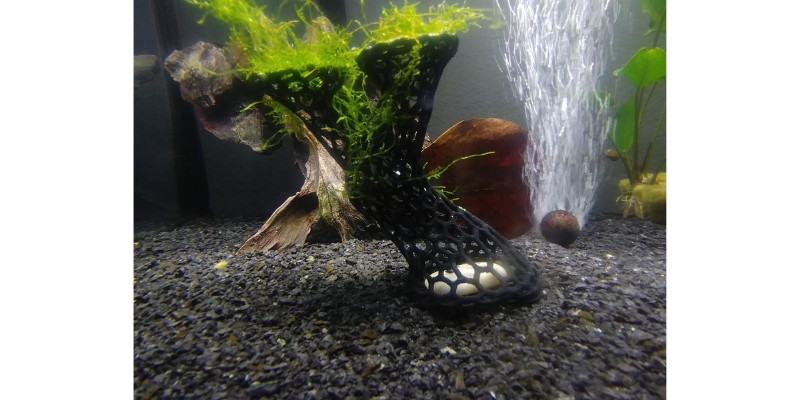
PLA is a popular, biodegradable thermoplastic derived from natural substances like corn and sugarcane. But because it’s not petroleum-based, PLA is not waterproof.
It’s biodegradable, but not that biodegradable. When you submerge a PLA-printed part in water, it won’t exactly dissolve, but it will gradually absorb some water and swell up. This will usually happen over a few days or weeks, but it shouldn’t be a problem for an aquarium environment.
The only real issue is when PLA stays in water for more than a couple of years. This is when it starts to break down a little into the water.
When this happens, it can introduce dangerous foreign chemicals into your aquarium because some PLA filaments, such as glow-in-the-dark filaments, have toxic additives.
To be on the safe side, use only the best PLA brands you can get your hands on. Specifically, check whether the PLA brand is food-safe. If you want to eliminate any doubts, the best thing to do is waterproof your PLA-printed part with food-safe epoxy resin.
Epoxy resin sticks to most materials to give them a glossy finish. It seals any porous holes in the PLA object to prevent water from reacting with it.
But tread carefully when choosing epoxy resin because it often contains toxic chemicals that can kill your fish. Go for food-safe brands and make sure you cure the 3D-printed part long enough in the sun before inserting it into the aquarium.
Is ABS Safe For Aquariums?
ABS is safe for aquariums if the filament is FDA-approved. Other filaments will require you to waterproof them with a food-safe epoxy resin or spray-on coolant before using them in an aquarium.
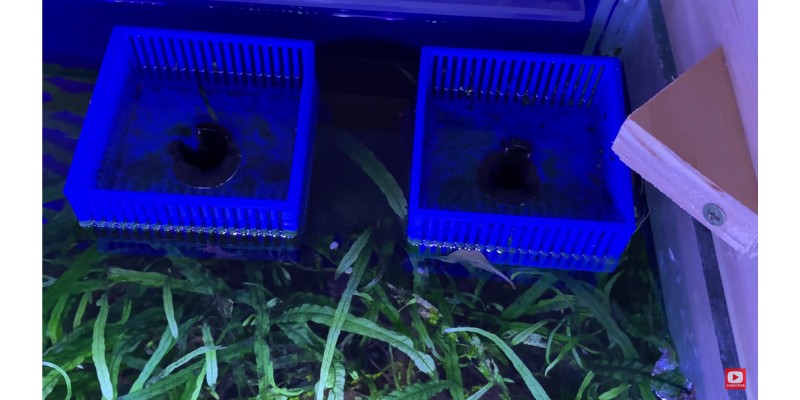
ABS is commonly used for making objects that can withstand chemical attacks and hot temperatures. But you can still use it to print objects for your aquarium because it’s much stronger than PLA.
But keep in mind that ABS is not waterproof and may leach chemicals into the water. So make sure there are no toxic dyes in whatever ABS filament you buy. FDA-approved ABS filaments are the safest option.
Also, be on the lookout for black or white ABS because it is usually pure, making it good for aquatic life.
Is Nylon Safe For Aquariums?
Nylon might be tough and durable, but it’s not ideal for aquarium use. Unless it’s coated with an aquarium-safe paint or epoxy resin, nylon absorbs water and swells up, disfiguring your 3D-printed part.
Nylon is extremely hygroscopic, meaning it absorbs water quickly. When submerged in water, nylon can absorb water up to a tenth of its weight, causing a change in its shape. Again, this isn’t a real issue for an aquarium owner unless your 3D-printed part serves a functional purpose.
For example, if you print a part to cover a pipe inside the aquarium, that slight expansion can make it loose.
But if you’re printing a piece of aquarium decor out of nylon, you won’t face any serious challenges because of the swelling. Nonetheless, you can coat your nylon 3D pieces with a food-safe epoxy resin to prevent them from absorbing water.
Is PETG Safe For Aquariums?
PETG is absolutely safe for aquariums. One of PETG’s selling points is its non-toxicity, making it harmless to fish. In addition, PETG is tough, durable, and heat-resistant.
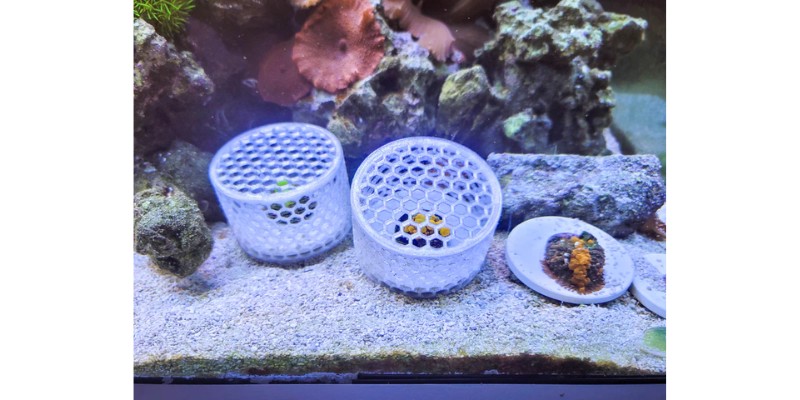
What makes it the safest option for aquariums is the fact that it’s food-safe. In its pure form, PETG is used to make human food covers and plastic bottles because it contains no toxins that can contaminate food.
Fish can also benefit from these characteristics. PETG is also non-biodegradable so it will not be broken down by bacteria and living organisms in the aquarium.
Is Resin Safe for Aquariums?
Resin is generally not safe for aquariums. If a resin 3D printed part doesn’t cure thoroughly, it can release toxins that are harmful to the fish.
In its uncured form, 3D printer resin is notoriously toxic to aquatic ecosystems. The compounds in liquid resin can cause adverse health effects and deaths in fish. Resin 3D-printed parts may also contain some uncured micro-particles even after long UV light exposure.
One study exposed zebrafish embryos to resin 3D-printed parts. They found that most did not hatch, and those that did had severe deformities.
What Are The Best Filaments To Buy For Aquariums?
Now that we know which filament types are safe for an aquarium, let’s see which brands you can try.
Best PLA filament For Aquariums
Hatchbox PLA
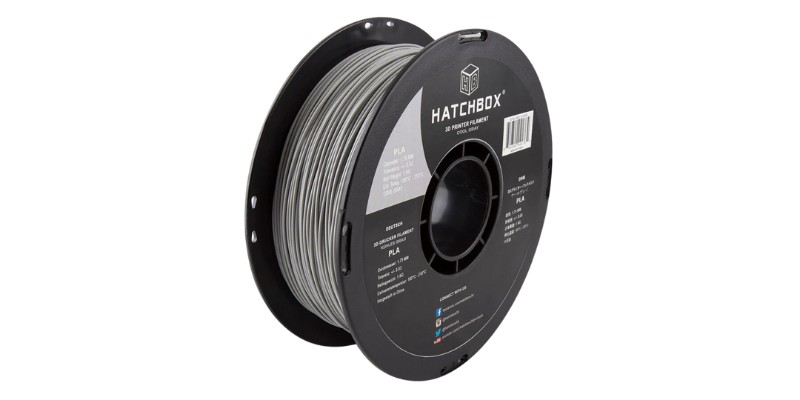
Hatchbox PLA is what you get when arguably the most popular filament supplier creates the most popular filament. Hatchbox makes are top-drawer products that you can get without breaking the bank.
The Hatchbox PLA is hands-down the safest PLA filament you can use in your aquarium. It’s plant-based and contains a careful blend of environmentally-friendly polymers.
MatterHackers PRO Series
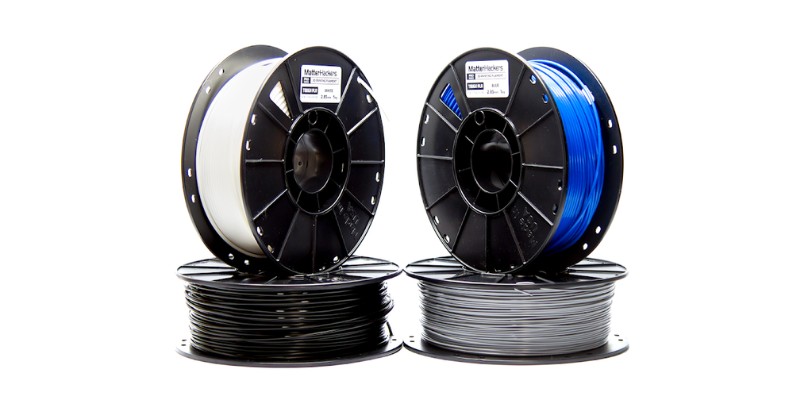
Matterhackers is another industry-leading filament manufacturer based in California. The MatterHackers PRO Series is one of the most reliable filament lines you’ll find on the market, especially their PLA.
The PLA in this series is made from a patented biopolymer that is very low in toxicity, making it safe for your aquarium’s livestock. While it goes head-to-head with the Hatchbox PLA in terms of aquarium safety, the MatterHackers PRO Series PLA is notoriously prone to stringing.
Best ABS filament for Aquariums
Hatchbox ABS
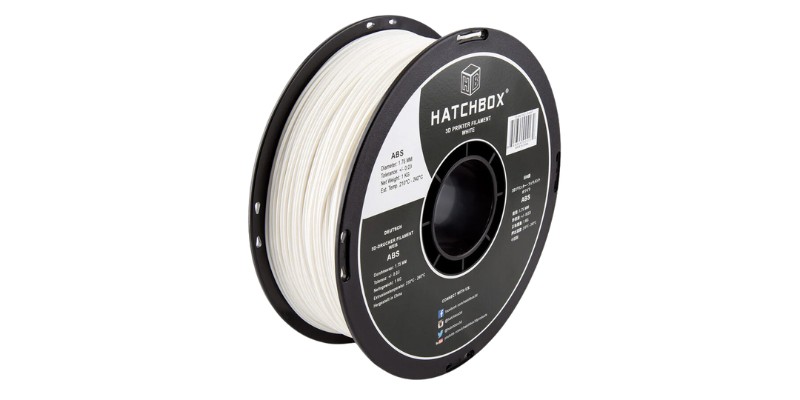
With Hatchbox’s ABS filaments, you can expect color variety, durability, and high-quality finishes in your 3D prints. As far as its aquarium safety, it’s 100% non-hazardous. Their range of colors will take your creative possibilities to the next level by giving you more options for things to print.
Sunlu ABS
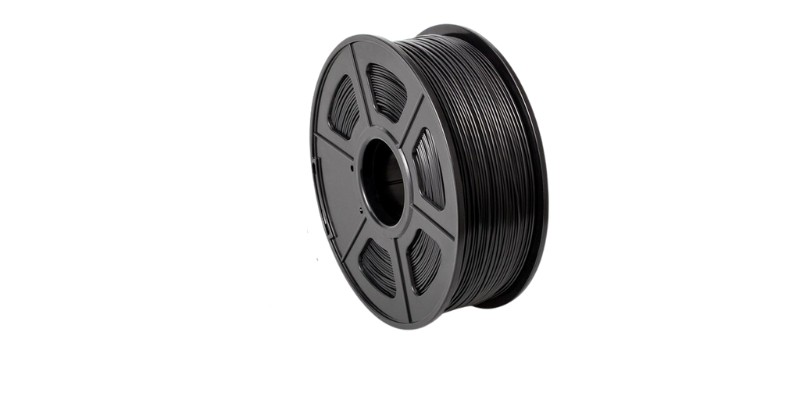
Sunlu ABS is a cheaper ABS filament alternative that is safe to use in your aquarium. It also comes in several color options and there haven’t been many printing issues reported with it.
Some people have complained about the printed parts being unusually brittle, but that’s generally an ABS thing. In terms of quality, Sunlu is good enough for making aquarium objects.
Best PETG Filament for Aquariums
MatterHackers build PETG
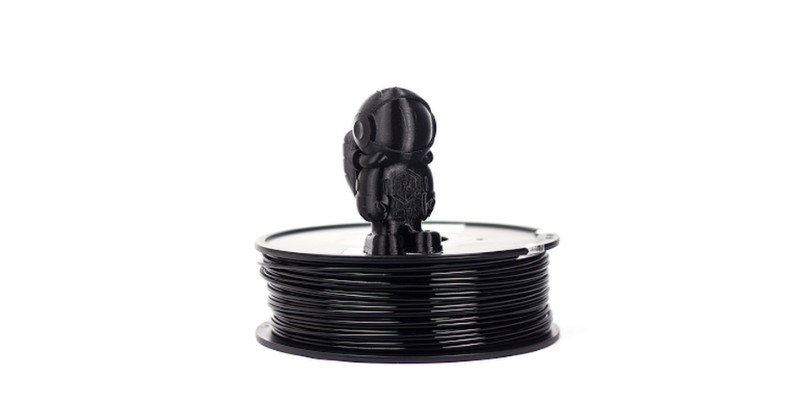
This is the industry gold standard for affordable PETG filaments. Budget-friendly but still durable, the filament usually doesn’t have the regular stringing issues associated with PETG. It’s also water-insoluble and non-toxic, so it’s more than safe for printing aquarium objects.
Overall, this is the go-to filament for 3D printing any sort of object for your aquarium.
Prusament PETG
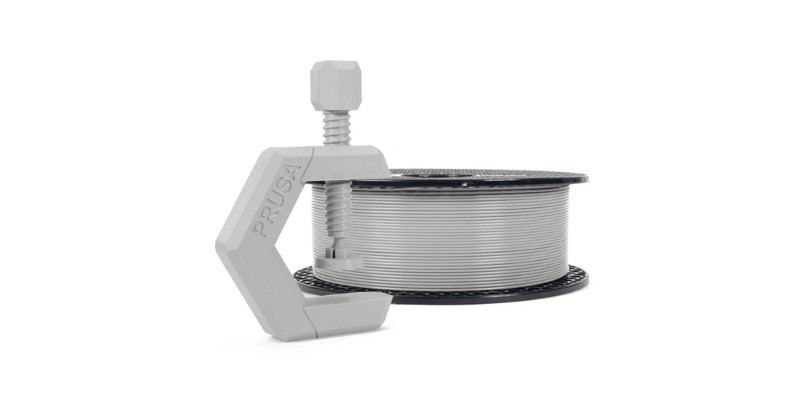
Prusament PETG is perfect for aquariums because of its low water absorption and zero toxicity. I also have to mention that it’s manufactured by Prussa, a reputable name in the 3D printing community. Like other PETG brands, it comes in a ton of colors with different shade varieties in each color.
What Can I Use My 3D Printer For In An Aquarium?
You can 3D print items to serve a functional or decorative purpose in your aquarium.
Functional items are those tools, parts, and covers that help in the maintenance of the aquarium setup.
Here are some functional parts that a 3D printer can create for an aquarium:
- Feeding funnels
- Hose clamp
- Bubble maker
- Airline holder
- Sand flattener
- Water test kit rack
Decorative items mainly improve your aquarium aesthetics, although they also give fish a place to reproduce. With decorations, the ideas are infinite. You can create famous monuments or an entire theme park for your fish to live in.
Here are some decorative ideas you can 3D print for an aquarium:
- Faux rocks
- Castles
- Guard towers
- Caves
- Branches and sticks
- Stone Walls
- “No Fishing” sign
In some cases, 3D printing an object is much cheaper than buying it, especially the smaller ones. And there are situations where it’s nearly impossible to find the exact decor you want in a pet shop, let alone one that is aquarium-safe.
What Are The Best 3D Printers For Aquarium Decorations?
As we’ve seen, filaments play a huge role in determining what is safe for your aquarium. But having the right printer puts a cherry on top of your overall 3D printing experience.
Here are the best 3D printers you can use for your aquariums:
Creality Ender 3 V2
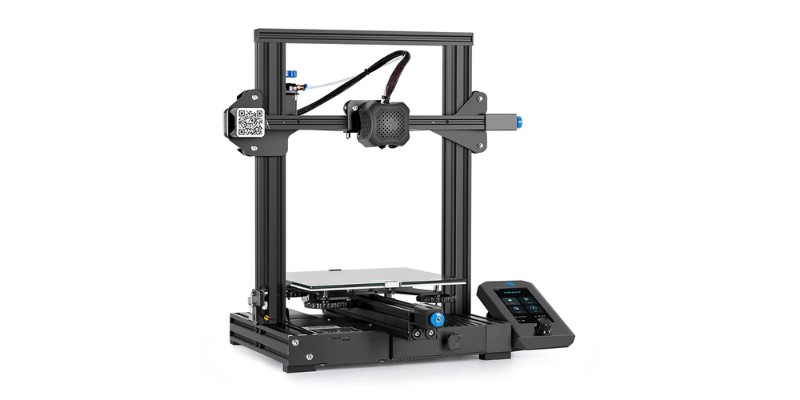
The Creality Ender 3 V2 is designed to give the best value for money in an entry-level 3D printer. Sophisticated enough to handle complex models but simple enough for a first-timer to use, this 3D printer is an excellent budget pick for most people.
When it comes to everyday 3D printing, Ender 3s are known to bring a lot to the table, including a large build volume of 220 x 220 x 25 0mm for you to print large prints in one go.
Its resume printing function allows you to jump right back into your printing session even after a power interruption or outage. This is something you don’t get on cheaper printers.
Upgraded version of the original Ender 3 with a number of key quality-of-life improvements.
Prusa i3 MK3S+
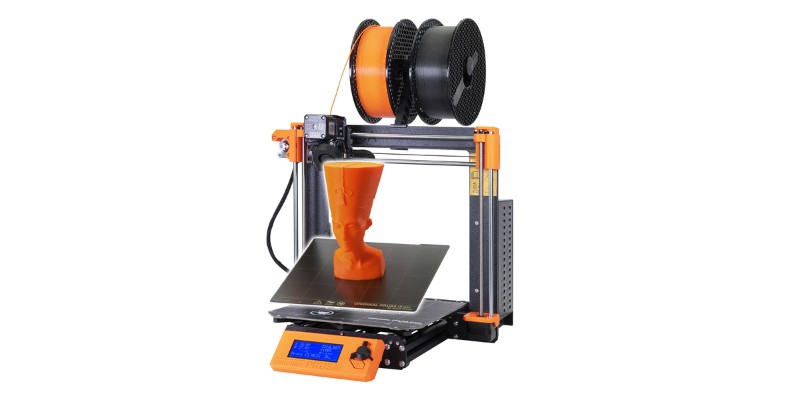
The Prusa i3 MK3S+ comes at a more hefty price tag but for a good reason.
Overall, the machine is built with superior components that push the envelope of quality for printers in its price range. The Prusa i3 MK3S+ is a high performer capable of printing for long hours without degrading quality.
It might have a slightly smaller build volume of 210 x 210 x 250 mm, but it makes up for it by printing at record-breaking speeds. If you’re willing to spend some extra cash, the Prusa i3 MK3S+ will give you a more premium experience than the Ender 3 V2.
The best 3D printer kit of all time. If you have $1,000, this is some of the best value you can get.
FAQ:
Can you put 3D-printed things in the water?
You can put 3D-printed things in water, provided they are made out of the right filament. If it’s going to go into water, the object should be made out of toxic-free filament such as pure PETG or food-safe ABS and PLA.
Can I use PLA in my fish tank?
You can use PLA in your fish tank if the PLA is food-safe. If you’re not sure whether your PLA brand is food-safe, make sure you coat the 3D-printed part with food-safe epoxy resin before using it in the aquarium.
Is 3D-printed PLA waterproof?
3D-printed PLA is not waterproof. When PLA stays long enough in water, it begins to break down.

